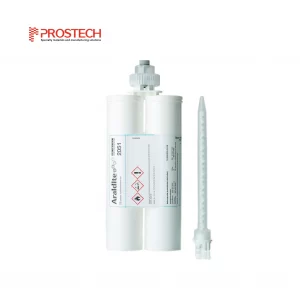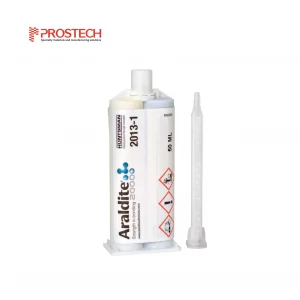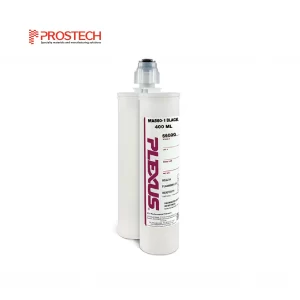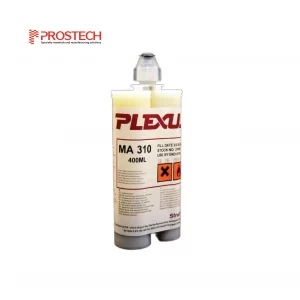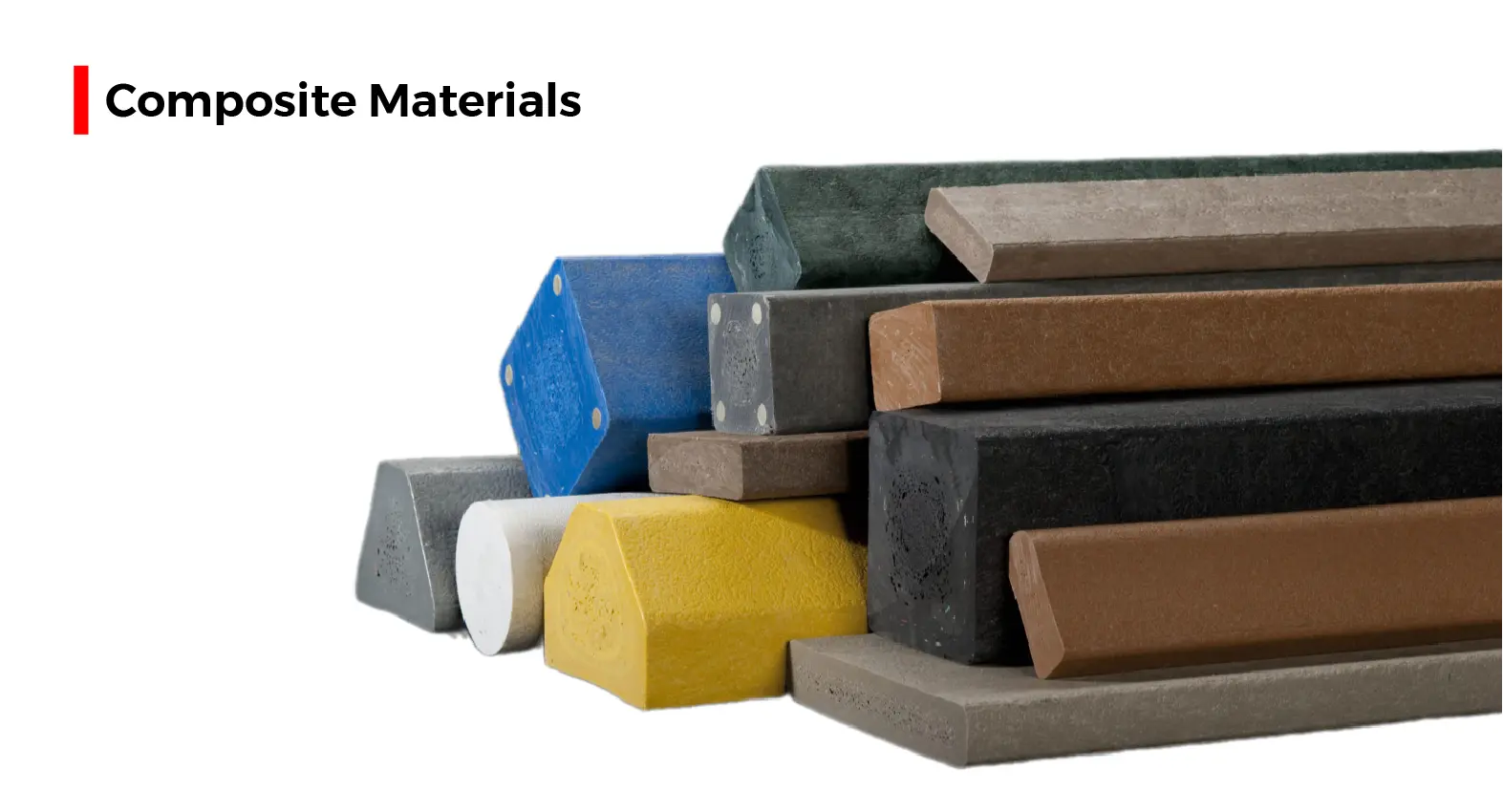Globally, the maritime industry is undergoing a revolution with the emergence of composite materials and advanced adhesive technologies. Constantly seeking new solutions to enhance performance, durability, and reduce maintenance costs, the maritime industry has witnessed significant developments in recent years, particularly in the utilization of composite materials and specialized adhesives to create structures that are stronger, lighter, and more sustainable. In this article, we delve deeper into the significance and potential of adhesive types in composite applications within the maritime industry.
1. Composite Materials in Shipbuilding
Composite materials are extensively employed in shipbuilding due to their superior properties. Composites involve the combination of two or more materials working together to provide improved strength, durability, and load distribution. The advantages of maritime composites can be summarized as follows:
- Low maintenance costs
- High durability leading to improved lifespan
- Corrosion resistance
- Ease of repair
- High strength-to-weight ratio
Common types of composites used in shipbuilding include Ferrocement, carbon fiber, and glass-reinforced plastic (fiberglass).
2. Adhesive Usage in Maritime Applications

Adhesives play a crucial role in bonding composite components. Compared to traditional bonding methods, adhesives offer numerous benefits such as:
- Reduced production time and downtime by up to 50%
- Repairs can be conducted in wet conditions
- Enhanced fatigue and impact resistance
- Increased durability of bonded structures
To find out more about solutions bonding and sealing for marine industry to enhance efficiency, cost-effectiveness, and performance, you can refer to this article: Bonding, Sealing Solutions for Marine Industry
Leading adhesive types specifically designed for maritime composite bonding include Huntsman’s Araldite 2023, Araldite 2051, Araldite 2015-1, Araldite 2031-1, as well as ITW Performance Polymers and Fluids’ MA560-1/MA310, providing heavy-duty load-bearing bonds and resilience in dynamic environments.
|
Araldite 2023 is a two-component MMA adhesive ideal for bonding thick joints and heavy load-bearing structures in maritime applications. It is highly flexible yet robust, allowing gap filling and non-sag bonding in dynamic environments. It also exhibits UV stability. |
|
|
Araldite 2051 is a two-component MMA adhesive ideal for bonding composite, metal, and thermoplastic materials in harsh conditions. It enables extremely fast repairs of composite materials on boats from 0°C to 40°C regardless of water level and current moisture. It requires no pre-treatment for bonding and offers excellent recovery from vibration, shock, and impact loads. |
|
|
|
Araldite 2015-1 is a two-component epoxy adhesive ideal for bonding fiberglass and honeycomb structures in boats. It provides excellent weather resistance, high hardness, and long life. Additionally, its 45-minute open time at room temperature makes it suitable for bonding large structures. |
|
Araldite 2031-1 is a black two-component epoxy adhesive ideal for bonding fiberglass and other composite structures in boats. It exhibits high weather resistance, room temperature maintenance, and elastic non-sag bonding up to 10 mm thickness. |
|
|
|
MA560-1 is a two-component methacrylate adhesive designed for use on large structures where a long open time is required. Plexus MA560-1 is commonly used for bonding stringers and liners into large fiberglass boats with bond lines up to 1 inch thick. Additionally, this product offers a unique combination of excellent fatigue strength, superior impact resistance, and outstanding flexibility. Plexus MA560-1 is gray when mixed. |
|
|
MA310 is a common two-component methacrylate, designed as a medium-hardness adhesive system providing a balance of high strength and stiffness as well as the ability to bond various materials in most marine bonding applications. |
3. The Future of Composites and Adhesives in the Maritime Industry
With the continuous development of technology and new materials, the maritime industry is witnessing a significant transformation. Adhesives and composite materials are opening new opportunities to build more efficient, sustainable, and environmentally friendly ships. Their combination not only helps reduce the overall weight of the vessel but also enhances resistance capabilities and reduces maintenance costs.
—————————————–
For more information, contact us to talk with our glue experts:




